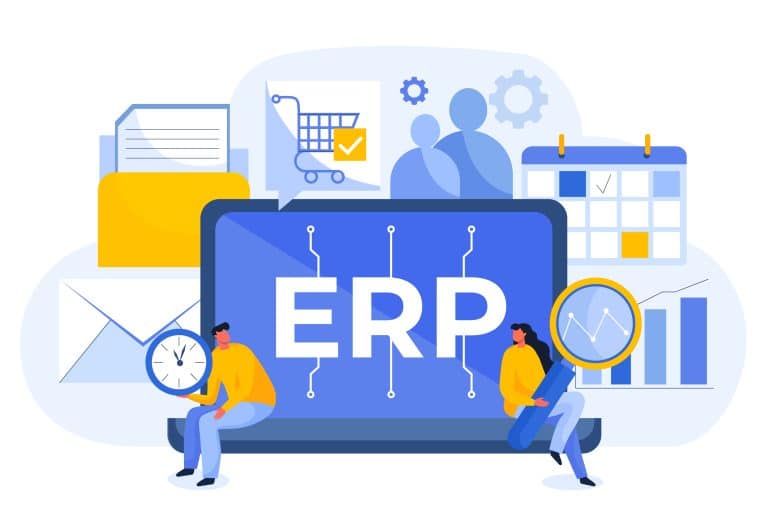What is E-commerce?
E-commerce, or electronic commerce, is the online buying and selling of goods and services. In Aotearoa New Zealand, it’s a method of retail that does away with the need for physical shops, allowing Kiwi businesses to operate on a global scale from virtually anywhere.
Benefits of E-commerce
E-commerce significantly enhances customer satisfaction through numerous benefits. For New Zealanders, primary advantages include cost efficiencies and the streamlining of supply chains. E-commerce logistics are crucial in these improvements. The digitisation of the buying and selling process allows for real-time management of supplies and orders. This leads to faster order fulfilment and increased customer satisfaction. E-commerce provides businesses with reduced overhead costs and improved efficiency. Cost savings and productivity gains are passed onto the customer, resulting in competitive pricing and better service.
Sales Channels for E-commerce Shops
In the world of e-commerce, sales channels are the various platforms businesses use to sell their products or services. They can range from a business’s website to social media platforms and third-party marketplaces like Trade Me.
Online Shops
Online shops act as a central hub for customers to explore and purchase products. They allow businesses to showcase their offerings and brand story in a way that’s accessible to customers across New Zealand and worldwide.
These platforms often integrate inventory management tools, which help businesses manage their stock levels and update product details in real-time. This ensures that customers always have the most up-to-date information about the products they’re interested in.
Social Media Platforms
E-commerce businesses are increasingly utilising social media platforms to reach a wider audience and drive more traffic to their online shops. By leveraging the power of social media marketing, businesses can engage with their audience and foster a sense of community around their brand.
This integration of e-commerce strategies with social media can significantly boost a business’s online presence and sales.
Third-Party Marketplaces
Third-party marketplaces play a crucial role in the e-commerce landscape, providing additional avenues for sales and customer engagement. These platforms integrate with warehousing systems, allowing businesses to manage their inventory effectively across multiple channels.
Effective Inventory Management Strategies for E-commerce Businesses
Effective inventory management is crucial for any e-commerce business. It ensures that the right products are available at the right time and in the right quantities for Kiwi consumers.
Establishing an Optimal Inventory Level
To establish an optimal inventory level, businesses need to analyse their sales data and forecast demand accurately, thus helping prevent overstocking or understocking scenarios that can lead to lost sales and customer dissatisfaction. For a detailed look at how technology can enhance this process, you might want to explore our piece on smart reordering with NetSuite: automation and forecasting.
Creating a centralised database of inventory and tracking product movement and production are crucial steps in optimising inventory management.
Accurate Tracking of Inventory Levels
Accurate tracking of inventory levels is critical for e-commerce businesses. By using an inventory tracking system, businesses can maintain real-time visibility and ensure their inventory data is always up-to-date.
This kind of accurate tracking can prevent stockouts and overstock situations, improve customer satisfaction, and optimise overall supply chain efficiency.
Utilising Real-Time Technology for Tracking and Control
Real-time technology significantly enhances tracking and control in e-commerce inventory management. Moreover, inventory management solutions can be tailored to meet the unique needs of your business. Check out our guide on personalising your experience: customising NetSuite inventory management to understand how you can adapt these systems to better suit your e-commerce operations. This technology allows for real-time inventory tracking, which helps optimise inventory levels and prevent stockouts.
Systems such as Asset Infinity provide real-time inventory management across all sales channels, offering comprehensive visibility and control over stock levels.
Evaluating and Monitoring Inventory Costs
It’s important for e-commerce businesses to regularly evaluate and monitor their inventory costs, which include aspects like returns and restocking. To gain deeper insights on how to manage these aspects efficiently with an inventory management system, take a look at our article on returns, exchanges, and NetSuite’s inventory management.
Calculating these costs as a percentage of sales value for returned goods can help determine customer profitability. However, several challenges associated with inventory tracking can impact these costs and operations.
Automation, integration, accurate forecasting, and efficient warehouse practices can effectively address these challenges.
Implementing Automated Software Solutions for Inventory Management and Control
Automated software solutions are valuable tools for inventory management and control in e-commerce businesses. They provide accurate tracking of inventory levels, real-time visibility, and optimisation of warehouse operations.
Tools like Stocky, a Shopify app, offer powerful inventory tracking and analytics capabilities that can greatly enhance an e-commerce business’s inventory management.
Meeting Customer Expectations with a Seamless Shopping Experience
In the highly competitive e-commerce industry, meeting customer expectations is crucial. This involves offering a wide range of products and providing top-notch customer service. If you’re interested in exploring alternative strategies like dropshipping to meet customer demands, our guide on exploring dropshipping scenarios with NetSuite’s inventory management can provide valuable insights.
Offering a Wide Range of Products
Offering a wide range of products can enhance customer satisfaction and attract new customers. It also helps e-commerce businesses stay competitive and meet customer expectations in New Zealand.
Enhancing the Shopping Experience with Excellent Customer Service
Excellent customer service can significantly enhance the shopping experience. Features such as Buy Online, Pick-up in-store (BOPIS), and Ship from Store can provide a seamless customer experience. RFID-enabled self-checkout in retail can enhance efficiency, whilst headless commerce can offer operational efficiency and an exceptional customer experience. These strategies aid e-commerce businesses in providing excellent service and meeting the lofty expectations of today’s Kiwi consumers.









